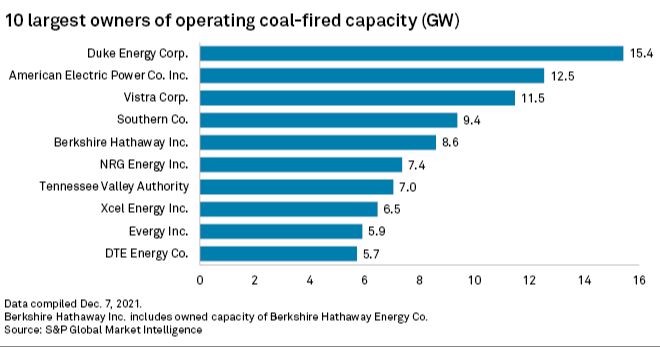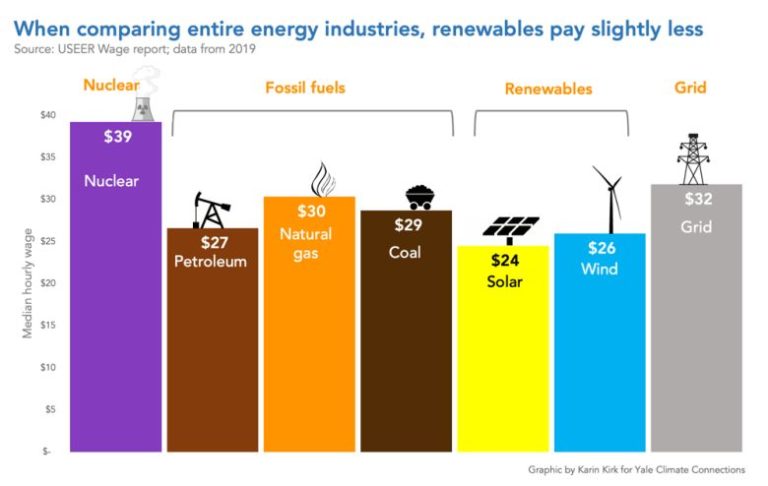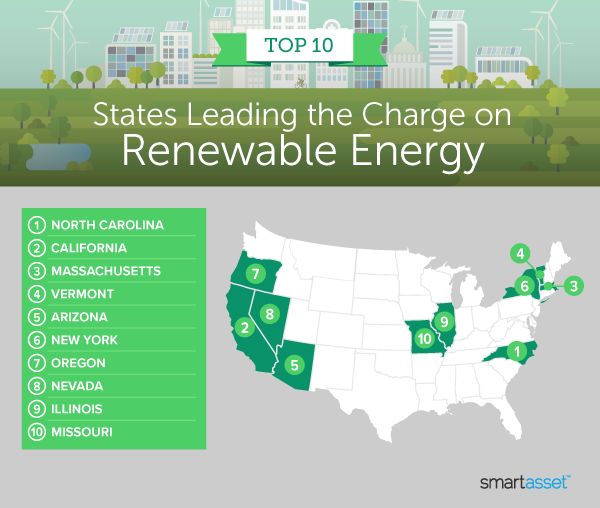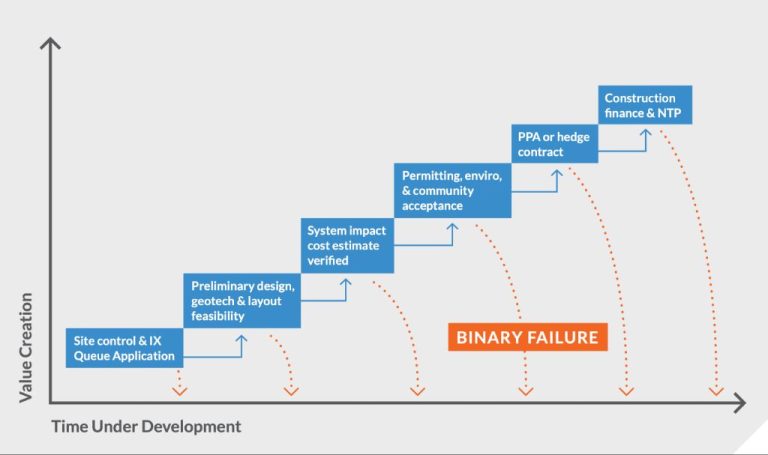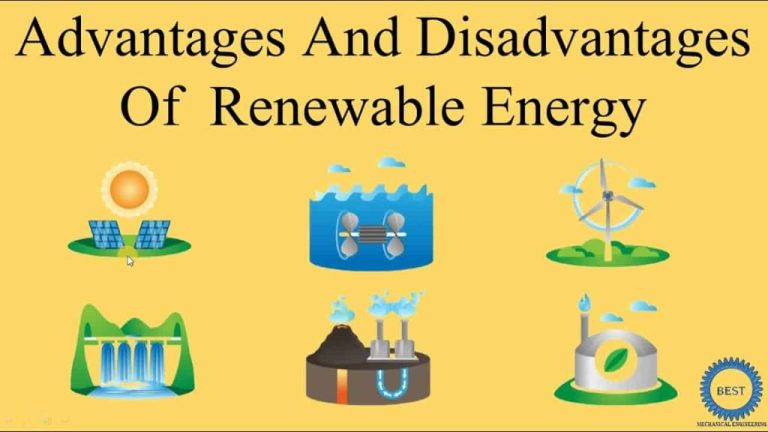Is Renewable Energy Dangerous For The Environment
Renewable energy refers to energy that comes from natural sources or processes that are constantly replenished. Some of the most common sources of renewable energy include:
- Solar energy from the sun that can be captured through solar panels to generate electricity or heat water.
- Wind energy captured through wind turbines to generate electricity.
- Hydropower from flowing water like rivers to generate electricity through hydroelectric dams.
- Geothermal energy harnessed from heat inside the earth to produce steam and electricity or provide heating and cooling.
- Biomass from plants and organic waste that can be burned to produce heat, electricity, or biofuels.
These renewable sources provide alternatives to fossil fuels like coal, oil, and natural gas, which are non-renewable. Using renewable energy can reduce dependence on fossil fuels and lower greenhouse gas emissions linked to climate change.
Sources:
- https://www.americangeosciences.org/critical-issues/renewable-energy-basics
- https://www.sciencedirect.com/topics/engineering/renewable-energy-source
Benefits of Renewable Energy
Renewable energy sources provide clear environmental benefits compared to fossil fuels. By reducing dependence on coal, oil, and natural gas, renewable energy can significantly reduce greenhouse gas emissions. According to the UN, the energy sector accounts for approximately 75% of global greenhouse gas emissions, so transitioning to renewable sources is critical for meeting climate goals and limiting global warming (UN, n.d.). Renewables like wind, solar, hydroelectric, and geothermal produce little to no global warming emissions during their operations. Expanding renewables can help countries meet their Paris Agreement commitments and avoid the worst impacts of climate change.
Beyond curbing emissions, renewable energy supports cleaner air and water by reducing pollution from fossil fuel extraction and use. Burning fewer fossil fuels means less air pollution like sulfur dioxide and nitrogen oxides that cause smog, acid rain, and health issues. Hydropower and geothermal energy don’t require fuel extraction and avoid associated environmental damages like habitat loss, water contamination, and land degradation. Overall, renewable sources lead to cleaner, healthier communities while tackling the core driver of climate change.
Common Concerns About Renewable Energy
While renewable energy sources have clear benefits for reducing greenhouse gas emissions, some critics have raised concerns about potential negative impacts on wildlife and ecosystems.
For example, wind turbines can pose a collision risk for birds and bats (Prismecs, 2022). Solar projects may disrupt habitat for desert species (FasterCapital, 2023). And hydropower dams flood upstream areas and disrupt fish migration routes (Energy5, 2023).
However, it’s important to weigh these localized impacts against the global benefits of avoiding large amounts of greenhouse gas emissions from fossil fuels. Most experts agree the climate change impacts from continued reliance on fossil fuels pose a much greater threat to ecosystems and biodiversity worldwide.
Still, responsible development of renewable energy requires care to avoid and minimize impacts on wildlife. Siting projects away from key habitats and migratory routes can help. There are also steps like deterrents on wind turbines and fish ladders on dams that allow safe passage for wildlife.
Impact on Wildlife
Wind turbines can have negative impacts on birds and bats if not properly sited and mitigated. Birds are vulnerable to collisions with turbine blades, with estimates ranging from 140,000 to 500,000 bird deaths per year in the U.S. from wind turbines, though these numbers are small compared to other human-related causes like buildings and vehicles (U.S. Geological Survey). The Fish and Wildlife Service notes that mortalities vary greatly by region and type of turbine, with older faster turbines causing more deaths (U.S. Fish & Wildlife Service).
Bats are also susceptible to turbine collisions as well as barotrauma from pressure changes near the blades. Bat mortality has been estimated at 600,000 to 900,000 per year, a significant impact on bat populations (DOE Windexchange). Proper siting in areas away from known bat habitats and migration routes can help minimize risks. Newer turbine designs that start up slowly or change speed based on bat activity have shown promise in reducing bat mortalities.
Land Use Changes
The development of renewable energy projects like solar, wind, and biofuels can sometimes lead to land clearing and habitat loss. Large solar and wind farms take up significant land area, which may involve clearing forests or grasslands. For example, one estimate suggests utility-scale solar projects in the U.S. could impact around 280,000 acres by 2030 (URL). Biofuel production, especially from corn and soy, has also been associated with conversion of grasslands and forests into cropland. Between 2008-2012, it’s estimated that over 7 million acres of land were converted for biofuel production in the U.S. (URL).
However, renewable energy projects don’t always lead to pristine habitat being destroyed. Many projects target previously degraded or abandoned lands, like old mining sites or croplands that are no longer in use. Proper siting and planning of renewable facilities can reduce impacts on natural habitats (URL). There are also differences between renewable technologies – rooftop solar arrays don’t take up new land, while offshore wind turbines avoid terrestrial habitat impacts entirely. Overall, while renewable energy can sometimes contribute to habitat loss if not properly managed, the impact is complex and highly dependent on the project location, size and design.
Mining Impacts
The mining of rare earth metals used in renewable energy infrastructure like solar panels and wind turbines is a growing concern. Rare earth metals like neodymium, praseodymium, and dysprosium are essential for the magnets in wind turbines and the semiconductors in solar panels.
Rare earth metals are not actually rare in quantity, but the deposits are usually widely dispersed. Their extraction often involves open pit mines that can be environmentally destructive. As noted in this article, rare earth mining involves digging massive open pits that can disrupt ecosystems and lead to issues like soil contamination and deforestation.
There are also hazards from the processing of rare earth ores, which can produce radioactive wastes. Proper regulations and oversight are needed to mitigate the impacts, as discussed in this analysis of sustainable rare earth mining. With careful planning, the environmental effects can be managed to allow for essential rare earth extraction while protecting ecosystems.
Hydroelectric Dams
Hydroelectric dams can have severe environmental impacts by altering the natural flow of rivers and disrupting ecosystems. According to a study by Silva et al. published in Energy Policy, “In addition to these environmental impacts, hydroelectric dams are subject to the risk of catastrophic failure with extensive loss of life and property, an issue that has elevated in importance in recent years” (Source).
One of the biggest concerns with hydroelectric dams is their disruption of ecosystems and wildlife habitats. When a dam is built it floods large areas upstream, submerging forests, plains, and mountainsides. The National Geographic points out that this flooding “displaces people and wildlife” and can block fish migration routes (Source). The new artificial lake habitat created by a dam is very different from the free-flowing river ecosystem that existed before.
Dams also change the natural flow, temperature, and sediment load downstream, harming the river habitat and dependent wildlife. Overall, hydroelectric dams can cause severe ecosystem destruction both upstream and downstream from the dam site.
Context and Weighing Impacts
While renewable energy sources can have some negative environmental impacts, these need to be weighed against the significant dangers of continued fossil fuel dependence. Fossil fuel extraction, transportation, and burning all carry heavy environmental costs, including air and water pollution, habitat destruction, and climate change. According to the EPA, the burning of fossil fuels accounted for over 76% of global greenhouse gas emissions in 2019. The latest IPCC report calls the continued release of carbon dioxide the “single largest driver of climate change.”
In comparison, renewable sources like solar, wind, and hydropower generate little to no global warming emissions when operating. Though their manufacturing and construction may have some impacts, these are far less than the extraction, refining, and combustion of coal, oil, and gas. While concerns about renewable facilities’ land use, wildlife impacts, and mining should be addressed, their climate and health benefits far outweigh continued fossil fuel dependence. With proper planning and mitigation, renewable energy can provide clean power with manageable environmental tradeoffs.
Regulations and Mitigation
There are extensive regulations and mitigation efforts in place to reduce the environmental impacts of renewable energy projects. The National Environmental Policy Act (NEPA) requires federal agencies to assess the environmental effects of proposed actions prior to making decisions (https://www.energy.gov/nepa/downloads/guide-environmental-permitting-and-compliance). The US Fish and Wildlife Service must also be consulted to minimize impacts to wildlife (https://www.fws.gov/ecological-services/energy-development/renewable.html).
For wind energy projects specifically, the USFWS has developed comprehensive guidelines to avoid and minimize impacts to wildlife and their habitats (https://www.fws.gov/ecological-services/es-library/pdfs/WEG_final.pdf). There are also strict regulations on properly siting and operating hydroelectric dams to protect ecosystems and fish migration routes. Environmental impact assessments, habitat protection plans, and monitoring programs help identify and mitigate any issues.
Overall, strong environmental regulations exist to minimize the impacts of renewable energy projects and are continuously updated as new research emerges. With proper siting and planning, renewable energy can greatly reduce greenhouse gas emissions with limited effects on wildlife and habitats.
Conclusion
In summary, renewable energy sources offer environmental benefits over fossil fuels, but some concerns exist regarding their impacts on wildlife and land use changes. Hydroelectric dams can disrupt river ecosystems, while wind and solar farms may require clearing wildlife habitats or forests. However, regulations and mitigation strategies have reduced many of these impacts. There is no perfect energy solution, but on balance, renewables create less pollution and CO2 emissions than fossil fuels. With thoughtful planning and policies, renewables can provide clean energy while safeguarding nature. Key takeaways include:
- Renewables produce far fewer greenhouse gas emissions than burning coal, oil or natural gas.
- Some renewables like wind and solar require large land areas which could disrupt habitats and wildlife.
- Hydroelectric dams flood valleys and disrupt river ecosystems and fish migration routes.
- Mining for materials needed for some renewables can damage landscapes if not properly regulated.
- Regulations, siting considerations and mitigation strategies can greatly reduce environmental impacts.
- On balance, renewables offer major climate benefits over continued fossil fuel dependence.
With careful planning and policies, renewables can provide clean energy to society while safeguarding the environment.

